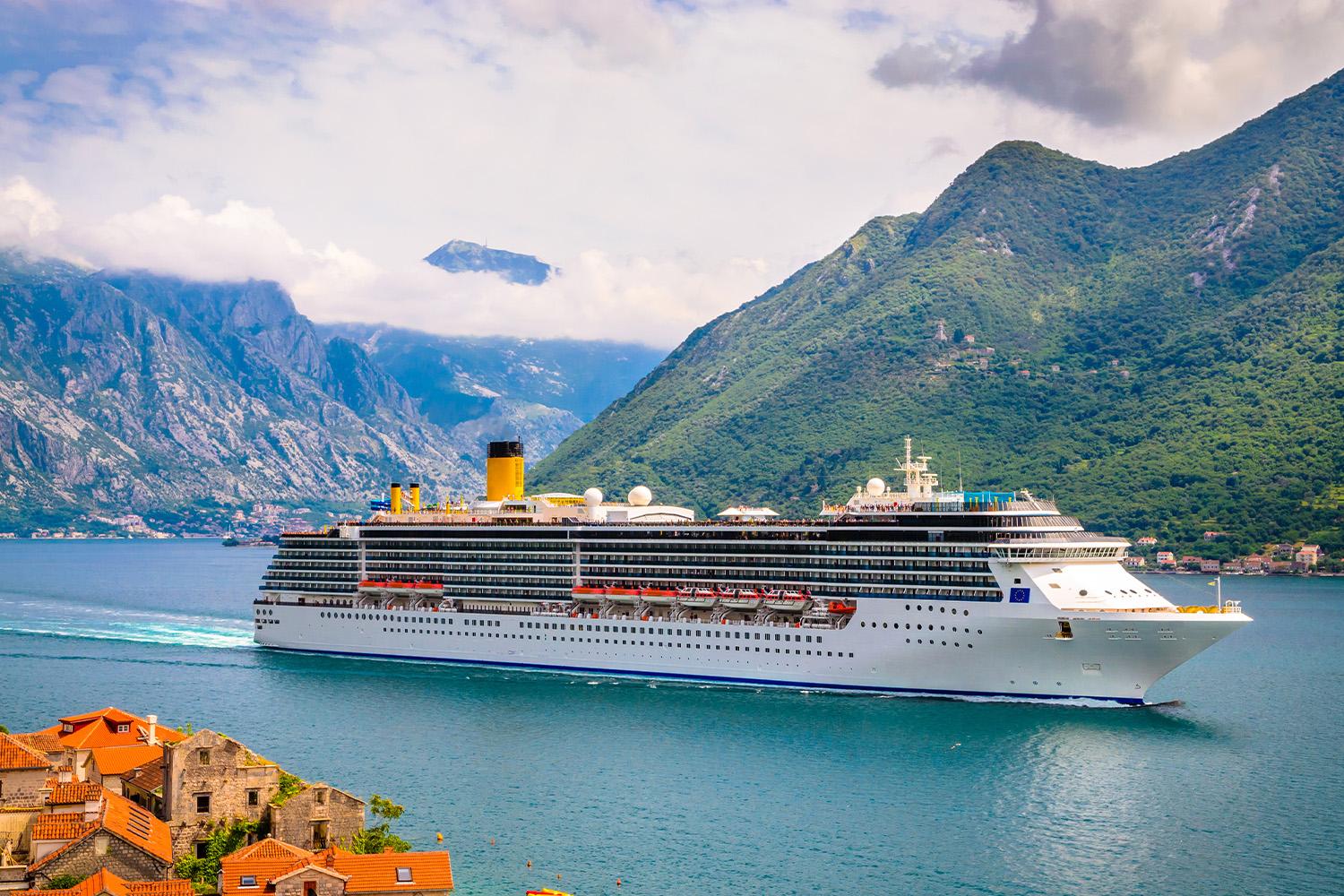- Minimalist Packing: Focus on absolute necessities and versatile, multi-use items. This significantly reduces luggage volume and weight, promoting ease of movement and travel efficiency.
- Category-Based Packing: Group items logically by type (apparel, personal care, gadgets). This aids systematic organization and quick location, ensuring nothing essential is overlooked.
- Activity-Specific Packing: Tailor inventory precisely to planned events. This ensures optimal equipment for each journey segment, preventing both overpacking and under-preparation.
Space Efficiency
Assess how effectively the packing method utilizes available storage, minimizing wasted room and unnecessary bulk.
Accessibility & Organization
Evaluate the ease with which items can be located and retrieved, and how well order is maintained throughout the journey.
Adaptability to Change
Consider the method's flexibility in accommodating unforeseen circumstances, like weather shifts or spontaneous plans.
Preparation Time
Analyze the total duration required for planning, selecting, and arranging all items before departure.
Minimalist packing excels in space efficiency, drastically reducing luggage volume for effortless movement. Accessibility can be a challenge without careful organization. Finding small items in a tightly packed bag might require rummaging, though fewer items reduce overall searching.
This method offers good adaptability; fewer items mean less to reconfigure for changing plans, though specific gear for diverse activities might be limited. Preparation time is quicker, focusing on multi-use items, streamlining selection for your Breakbouncevoa adventure.
Category-based packing is moderate in space efficiency, preventing overpacking by clarifying inventory. Its strength lies in accessibility and organization. Grouping similar items ensures quick retrieval, maintaining order and reducing stress when searching, a key benefit for any traveler.
Adaptability is fair. Broad categories can accommodate some changes, but specific needs might require additional packing. Preparation time is moderate; while grouping helps, initial categorization and covering all groups can take some effort.
Activity-specific packing can be less space-efficient if it means specialized gear for every scenario. For planned activities, accessibility is high; each activity's gear is readily available. Organization is excellent within each kit, though managing multiple kits requires diligence.
Adaptability is a weakness; gear is highly specialized, making it less suitable for spontaneous changes or activities outside the initial plan. Preparation time is significant, demanding meticulous planning for each activity and ensuring every specific item is accounted for.
For short excursions, business trips, or frequent movement, the minimalist approach is ideal. It reduces luggage burden, allowing for greater agility and less hassle. This method suits travelers prioritizing simplicity and ease of transit.
The category-based method suits travelers valuing systematic organization and ensuring all essentials are packed. It’s effective for family trips or longer journeys with diverse needs. Quick access to specific categories, like toiletries or kids' gear, is crucial for a smooth experience with Breakbouncevoa.
When your itinerary includes distinct, specialized activities like hiking, diving, or formal events, the activity-specific method is invaluable. It guarantees precise gear for each occasion, optimizing performance and enjoyment. This prevents compromises on essential equipment.
Often, a hybrid approach combining elements is most effective. Pack core essentials minimally, organize toiletries by category, and use an activity-specific kit for excursions. This balanced strategy offers efficiency and preparedness, enhancing your travel experience with Breakbouncevoa.




Comments (0)